DIY Aloe Vera Soap: A Step By Step Guide To Make Soap At Home
Decoded - the easiest way to prepare natural soaps that your skin will love!
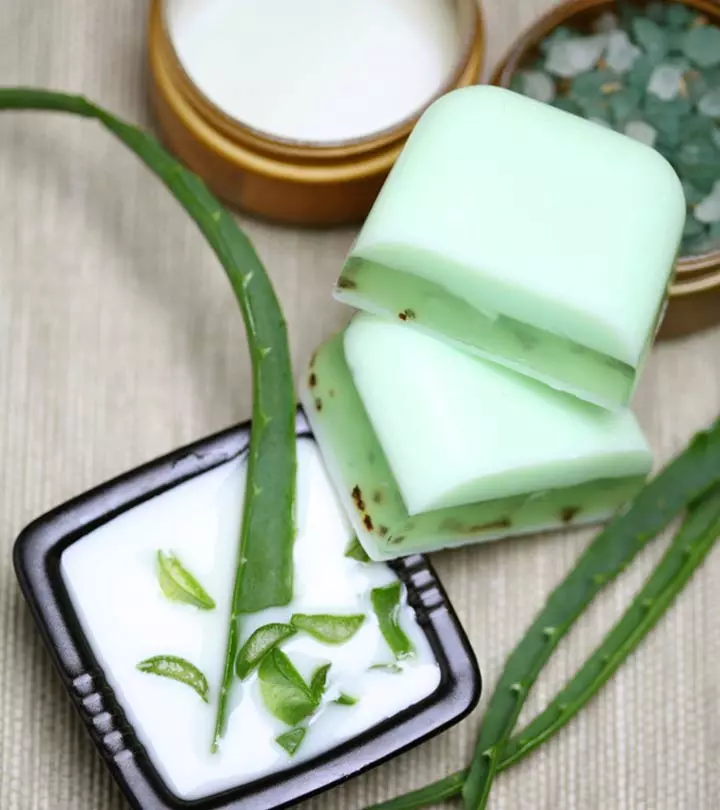
Image: Shutterstock
Soap making is fun and easy. And it is best for those who prefer natural skin care. This article explains how to make aloe vera soap at home. Aloe vera has multiple skin benefits. It is readily available, and most of us have this herb in our backyards. When it comes to mild skincare ingredients, aloe vera is the uncontested winner, and its consistency makes the soap-making process much easier for beginners. Moreover, this DIY soap is suitable for sensitive skin and makes a perfect gift for your family and loved ones. So, scroll down to check out the step-by-step guide to make aloe vera soap at home.

In This Article
How To Make Aloe Vera Soap At Home
There are three ways to make aloe vera soap at home. The below methods are the most popular ways followed by DIY soap enthusiasts worldwide, who prefer plant-based products.
Using The Cold Process Method
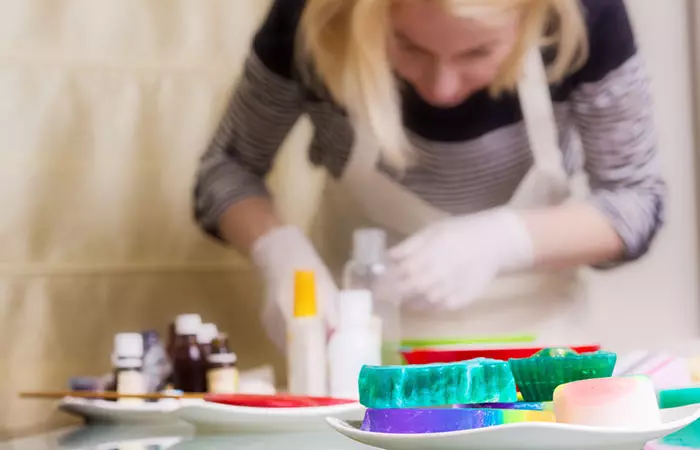
This process is a clear blend of science and art. It might appear a bit complicated to you as you have to start from scratch. The trick lies in mixing the right amounts of fixed oils (such as coconut or olive) with an alkali (also called lye or sodium hydroxide). This process is called saponification. Here’s what you need to do:
1. Select Your Recipe And Check The Amount On The Lye Calculator
This is important because the amount of lye differs with the ingredients you are using. For instance, if you are using shea butter instead of coconut oil for aloe vera soap recipe, you need to check how much lye you will need. The amount of lye decides how hard or soft your soap is. You can use this lye calculator.
 Quick Tip
Quick Tip2. Gather Your Safety Gear And Ingredients
Lye is not readily available in stores, so you need to get it beforehand.
Also, lye is an alkali and should be handled with care. It releases poisonous fumes when mixed with water. So, suit up in your safety gear before you start.
You Will Need
- Safety goggles
- Latex or rubber gloves
- Long-sleeved shirt and pants (to cover the body parts)
- Heat resistant container (use stainless steel, tempered glass or polypropylenei A synthetic resin made of propylene polymer, primarily used to make films, fibers, or molding materials. plastic containers. Do not use aluminum containers as they react with lye.)
- An emulsifying stick blender
- Rubber spatula
- Scale (for measuring the quantities)
- Soap mold (use plastic ones such as Tupperware or silicone molds)
Now, here’s how you can make soap.
Step 1
For making two bars of aloe vera soap, you will need:
- 9 g (4 oz) vegetable fat
- 3 g (1 oz) aloe vera gel
- 3 g (1 oz) olive oil
- 86 g (1.9 oz) of distilled water
- 6 g (0.8 oz) lye
Note: The amounts of lye and distilled water will change depending on the ingredients and their amounts.
Step 2
Apart from the basic ingredients mentioned above, you also need to add fragrance and skin conditioners to your soap.
Here are a few things you can try:
- Oats (for acne-prone or inflamed skin)
- Sea salt (for softening your skin)
- Lavender essential oil (for a soothing scent)
- Lemongrass essential oil (for a zesty scent)
- Pumice or natural scrub pieces (for additional scrubbing)
Note: For essential oils, use 2-3 drops (of each oil in case you are using multiple oils) for each 100-gram bar of soap.
Step 3
Cut the aloe vera plant and scoop out enough gel (as per the instructions). Set it on a paper towel until the yellow aloe juice stops oozing.
Step 4
Measure the distilled water into a bowl. Don’t forget to zero out the weight of the container. Keep it aside.
Step 5
Heat the vegetable fat and olive oil in a microwave for a minute. You can even melt them on a gas burner on high heat.
Step 6
Measure the lye (zero out the weight of the bowl) and use a spoon to scoop the lye and pour it into the water carefully. Remember, NEVER pour water into lye but always do the converse. Wait for the fumes to die down. You will be left with a cloudy-clear liquid. DO NOT touch it with bare hands.
Step 7
Add the oil and vegetable fat mix to the lye and water mixture and stir using a spatula.
Step 8
Add the aloe vera gel to this and stir. It will take some time for the mixture to absorb the gel and the oil. Be patient and keep stirring. Add the essential oils (and other elements) and stir.
Step 9
Pour this batter into the soap mold and keep it aside (away from light, heat, and moisture). Let it set for 24 hours. Cover the mold with a towel.
Step 10
Once it is hard, remove it from the mold. The soap needs at least 4 weeks for curing (time required for lye, fat, and water to turn into soap). During this period, store it in a cool and dry place.
The aloe vera soap bar is ready to use after the curing time is over.
Using The Hot Process Method
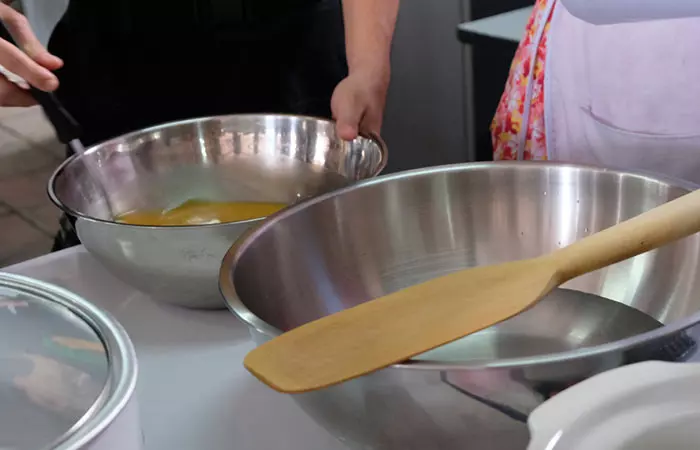
Both cold and hot processes of soap making are very similar. The only difference is that in the hot process, external heat is used for accelerating saponification. Also, hot processed soaps have less curing time.
You will need the same safety gear and ingredients that you used for making cold process aloe vera soap. Once you have gathered all your ingredients and safety gear, follow these steps:
Step 1
Measure distilled water in a bowl and lye in a separate bowl. Pour the lye into the water and mix. Let the mixture cool down a bit.
Step 2
Take a pan and heat up the oils and aloe vera gel on low heat. Add the essential oils to the mixture and stir.
Step 3
Add the lye and distilled water mixture to the oil and gel blend. One thing to remember is that, while mixing, the temperature of both the mixtures should be the same – which is 100 degrees. Once you have added the lye and water mixture to the pan, whisk it thoroughly until the mixture turns thick and gooey.
Step 4
Pour this mixture into the molds. Allow them to set in a cool and dark place for 24 hours.
Step 5
Remove them from the molds and store them for curing. The curing time depends on the climate of your area. If you stay in a humid place, the curing time can be anywhere between 3 weeks and a month. And if you stay in a place that has dry weather, 1-2 weeks of curing is fine.
Using The Melt And Pour Method
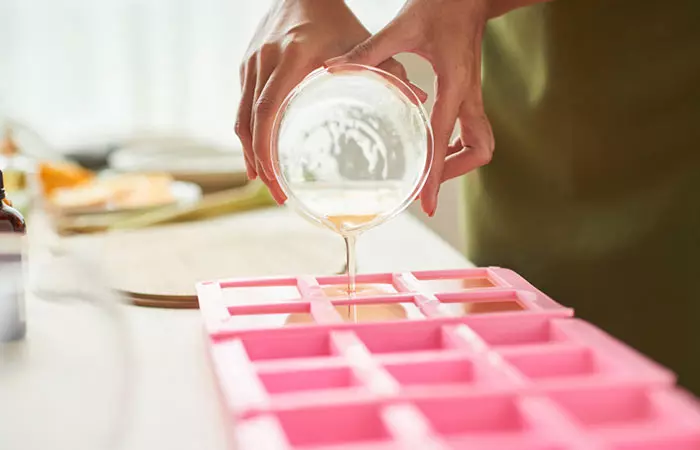
The Melt and Pour (MP) method is the quickest and easiest way to make DIY soaps. Here, all you need are pre-made melt and pour soap bases and other ingredients (oils, kinds of butter, additives, colors, and fragrance) for making natural aloe vera soap. You don’t have to use lye to prepare a soap base.
Here is what you will need to make melt and pour aloe vera gel soap:
- 500 gm Melt and Pour soap base (you can use clear glycerine base or milk soap variants)A large kitchen knife
- Bowls for mixing and heating (stainless steel or tempered glass bowls)1 cup aloe vera gel (mashed and pulped)1 tablespoon fresh lemon zest
- 15-20 drops of lemon essential oil, 900g olive or coconut oil, Rubbing alcohol and other additives, such as clay, color, or fragrance oils (optional).
Step 1
Take a stainless steel pan and melt the soap base in it over a low flame. Keep stirring continuously.
Step 2
Once the soap has melted, let it cool down for not more than 2-3 minutes. Add all the ingredients. Remember, you have to work fast.
Step 3
Mix the ingredients well. In case the soap has started to harden, heat it again for a while.
Step 4
Pour the mixture into soap molds. Spray rubbing alcohol to make the bubbles disappear. Let them sit for 24 hours in a cool and dry place.
Take the bars out of the molds, and they are ready to use. You don’t need to cure them. You can use kraft paper or fabric for packaging.
A blogger experimented with making olive oil & aloe vera soap, utilizing homegrown olive oil and aloe vera from the garden, and shared the experience in a blog post. She says, “There’s been a lot of talk on soap-making forums about using Aloe in CP soaps and after reading some advice from people who experimented with it I decided to give it a try, cause it was a cheap adventure this time having all of the ingredients in my kitchen and garden (i).”
 Quick Tip
Quick TipYou can prepare aloe vera soap at home in various ways. However, it is important to know the difference between aloe vera and aloe vera gel to avoid confusion and pick the right ingredient for your soap. Scroll down to the next section for more information.
Key Takeaways
- Aloe vera soaps moisturize the skin, quicken wound healing, prevent premature aging, and soothe skin inflammation and irritation.
- There are three ways to make aloe soap at home – a cold process, melt-and-pour, or hot process method.
- Add fragrant and conditioning ingredients like sea salt, lavender oil, and pumice to the soap.
- It is crucial to wear safety goggles, follow accurate measurements, and protect your skin from spills.
Aloe Vera Vs. Aloe Vera Gel
While aloe vera refers to both the plant and the gel derived from it, aloe vera gel specifically refers to the clear, jelly-like substance extracted from the plant leaves that is often sold commercially.
Aloe vera can be used in various forms, including fresh aloe vera gel extracted directly from the plant’s leaves, aloe vera juice, and aloe vera extracts in various skin care and health products. It possesses hydrating, wound-healing, and anti-inflammatory properties and can be used in various DIY skin remedies as well (1), (2), (3). On the other hand, aloe vera gel is a processed form of aloe vera that has been filtered and stabilized to remove impurities and extend its shelf life. Aloe vera gel is typically thinner and more watery than aloe vera.
When choosing between the two, consider whether you prefer natural or store-bought solutions according to your preferences.
Aloe vera has been used as a natural remedy for many skin issues for ages. Among all the other aloe species, aloe vera is considered the most biologically active as it has over 75 active compounds that benefit you tremendously. Let’s look at a few benefits.
Benefits Of Aloe Vera Or Aloe Vera Soap
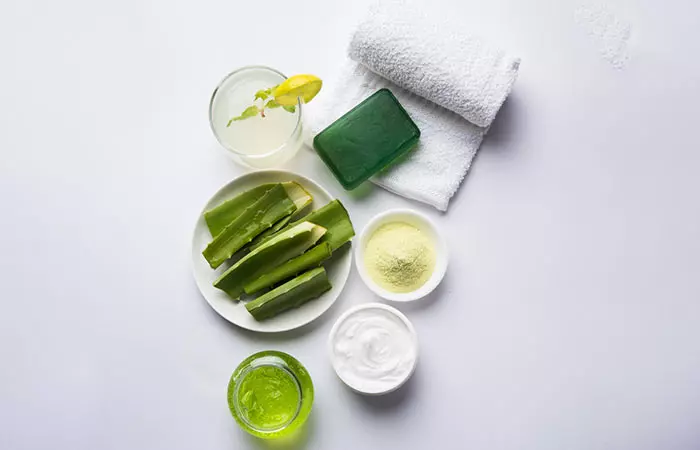
1. It Helps in Soothing Skin Irritation
Topical applications of aloe vera or homemade aloe vera soap help in relieving rashes, itching, burning sensation, and other damages to the skin. A review of more than 40 studies summarized the dermatological effects and benefits of aloe vera. Aloe vera has anti-fungal and antibacterial properties, and it works wonders in soothing dermatitisi A disorder in which the skin turns red, puffy, and inflamed due to irritation or an allergic response to an external factor. , psoriasisi An autoimmune condition that causes scaly, itchy patches on the skin. , burns, frostbite, and inflammation (1).
2. It Can Treat Burns
The topical application of aloe vera protects your skin from radiation damage. It relieves burns and damage caused by UV exposure (2).
3. It Helps In Wound Healing
In a study, researchers found that aloe vera accelerated wound healing in patients suffering from wounds/abrasions caused by dermabrasioni A surgical procedure usually performed on the face to remove the top layers of the skin to reduce acne or scars. procedure. However, scientists are not sure how aloe vera does this (3).
4. It Moisturizes Your Skin And Prevents Aging
Aloe vera contains mucopolysaccharides that do not let moisture escape your skin. It also promotes the production of collagen and elastin fibers. These two compounds make your skin elastic and prevent wrinkles (4).
5. It Is Anti-inflammatory
Aloe vera prohibits the activity of the cyclooxygenasei An enzyme that produces prostaglandins, compounds that contribute to pain, inflammation, and fever. pathway. It also contains C-glucosyl chromone, which is an anti-inflammatory agent (5).
Aloe vera is indeed a magic herb! Now, before you start making soaps at home, keep in mind these safety precautions.
Precautions To Take While Soap Making

- Always Use Accurate Measurements: Because you will be dealing with essential oils and alkalis. The wrong measurements can affect the quality of the soap.
- Always Wear Safety Goggles: It is essential to keep your eyes safe when you are dealing with liquids and chemicals. Raw soap and lye are caustic, and the fumes can harm your eyes.
- Keep Your Skin Safe: This goes without saying! Your skin cannot tolerate exposure to the lye solution. So, it is better to wear long-sleeved clothes and gloves.
- Prepare Your Soap In A Well-Ventilated Area: This is important because the lye solution initially gives out fumes that need to be cleared immediately. If you are working indoors, keep the windows open and switch on the exhaust fan.
- Be Prepared To Handle Spills: You will be using oils, chemicals, and solutions. And even if you try to avoid it, there will be spills. So, keep an absorbent handy.
- Keep A Record Of The Batches You Prepare: Note down the ingredients and amounts at every step. This will help you in making the next batch. Also, make a note of what went wrong and why so that you can avoid those mistakes.
Infographic: 4 Benefits Of DIY Aloe Vera Soap
If you have sensitive skin, you know how imperative it is to find a product that does not leave your skin dry, itchy, or irritated. But, the mere idea of trying a plethora of non-damaging skin products and selecting what suits your skin the best can leave you drained. However, a homemade skin care product with natural ingredients, such as aloe vera, can make all the difference. Check out the infographic below to learn about the amazing benefits of using aloe vera soaps.
Some thing wrong with infographic shortcode. please verify shortcode syntaxWe hope you have an idea about making aloe vera soap at home. We shared both the traditional and easy methods. All you need to do is gather the ingredients and follow the instructions. Soap making is highly addictive, and you can also gift the DIY aloe vera soaps to your loved ones. Aloe vera soaps are extremely mild and moisturizing, and you can also use milk-based soap bases to enrich the recipes. These DIY soaps are best for sensitive skin and those who want to avoid commercially available soaps. Make use of the step-by-step tutorials we provided above, and we hope you enjoy the entire process of soap making and, of course, the soaps too!
Frequently Asked Questions
What are some common mistakes to avoid when making aloe vera soap?
There are a few things people commonly get wrong while making soap using aloe vera. To ensure you do it right, avoid using unfiltered aloe as impurities can affect the quality of the final product. Do not overheat aloe vera as it may lose its nutrients. Finally, ensure correct measurements of lye and oils to maintain balance.
Which essential oil is good for aloe vera soap?
Bergamot, rosemary, lavender, peppermint, and cedarwood essential oils are good for aloe vera soap.
Is aloe vera soap good for your face?
Yes, aloe vera soap is safe to use on the face. If you have sensitive, acne-prone skin aloe vera is a proven remedy. You can check out the benefits of aloe vera for acne, as it helps manage acne breakouts and blemishes and nourishes the skin.
How do I extract aloe vera gel from the plant?
The simplest method is to cut off one side of the plant and scoop out the flesh using a spoon, then blend in a mixer to get a paste-like consistency.
How should I store my homemade aloe vera soap?
You can store the soap in a cool place with low to normal temperatures to increase its shelf life.
Illustration: DIY Aloe Vera Soap: A Step-By-Step Guide To Make It At Home
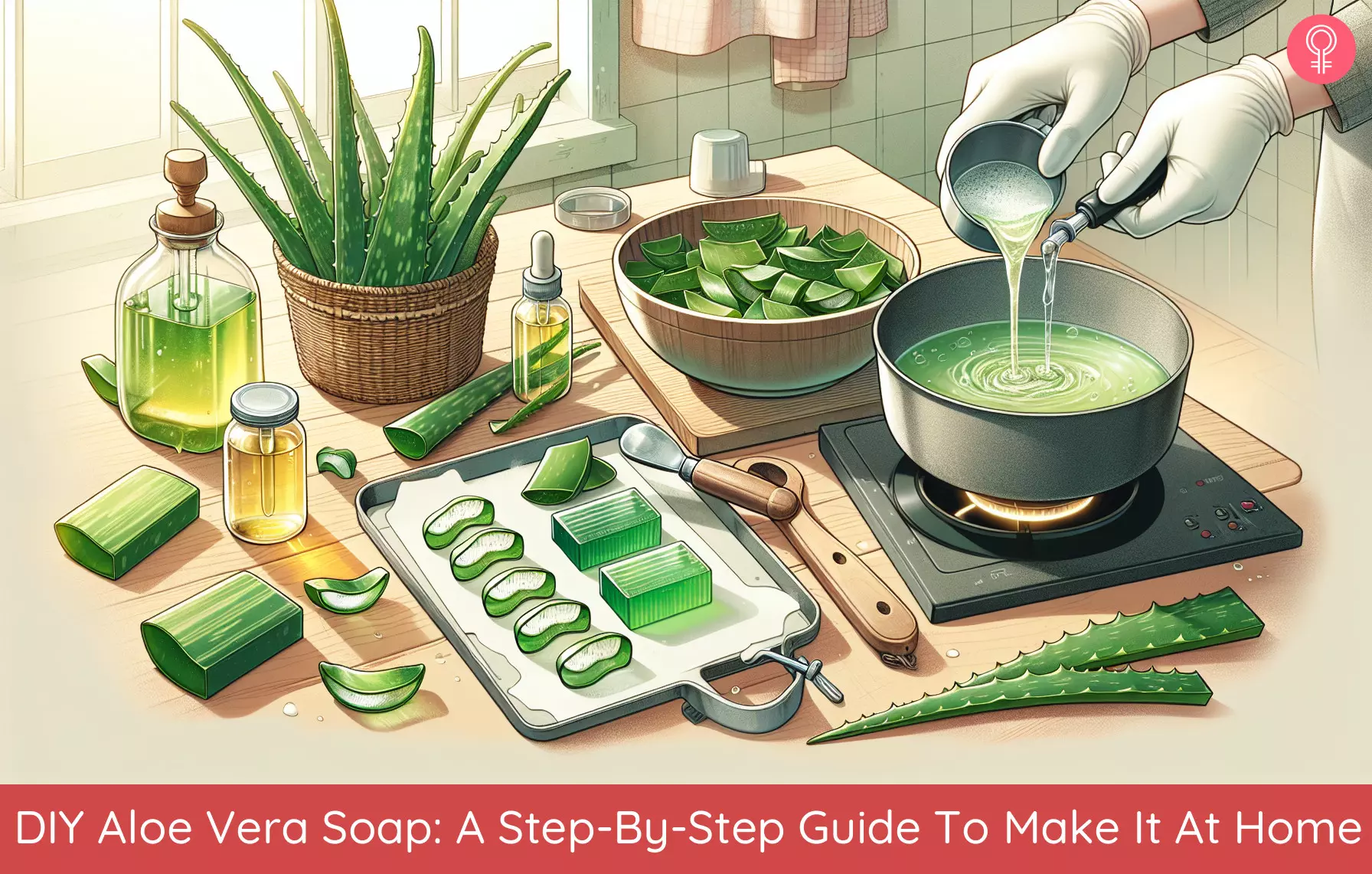
Image: Dall·E/StyleCraze Design Team
Check out the following video to learn how to make your own aloe vera soap at home! This beginner-friendly tutorial will show you how to make natural, soothing soap with aloe vera.
Personal Experience: Source
StyleCraze's articles are interwoven with authentic personal narratives that provide depth and resonance to our content. Below are the sources of the personal accounts referenced in this article.
i. Olive oil & Aloe Vera soaphttps://soapmakingadventure.blogspot.com/2013/03/olive-oil-aloe-vera-soap.html
Read full bio of Dr. Zeel Gandhi
Read full bio of Ramona Sinha
Read full bio of Anjali Sayee
Read full bio of Shiboli Chakraborti





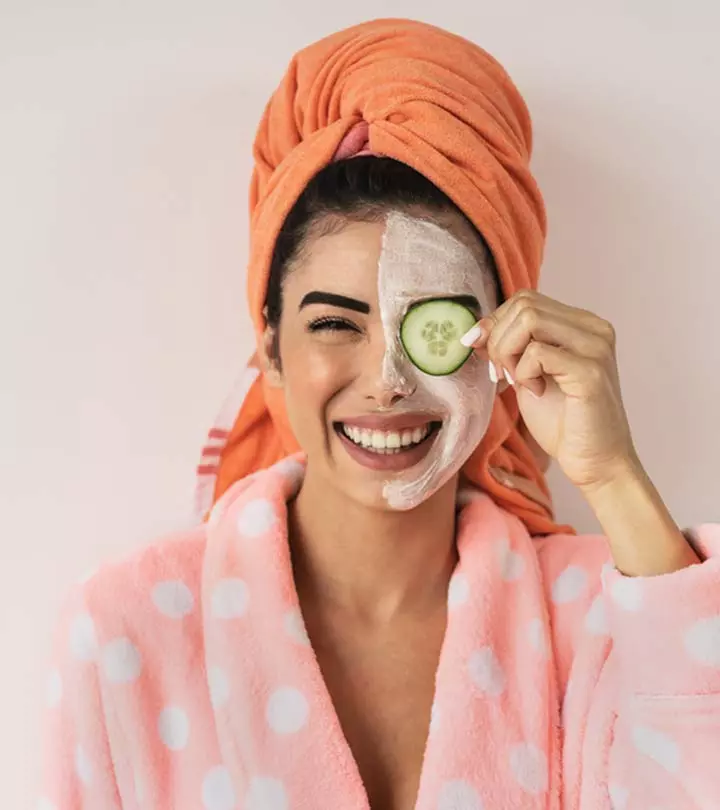
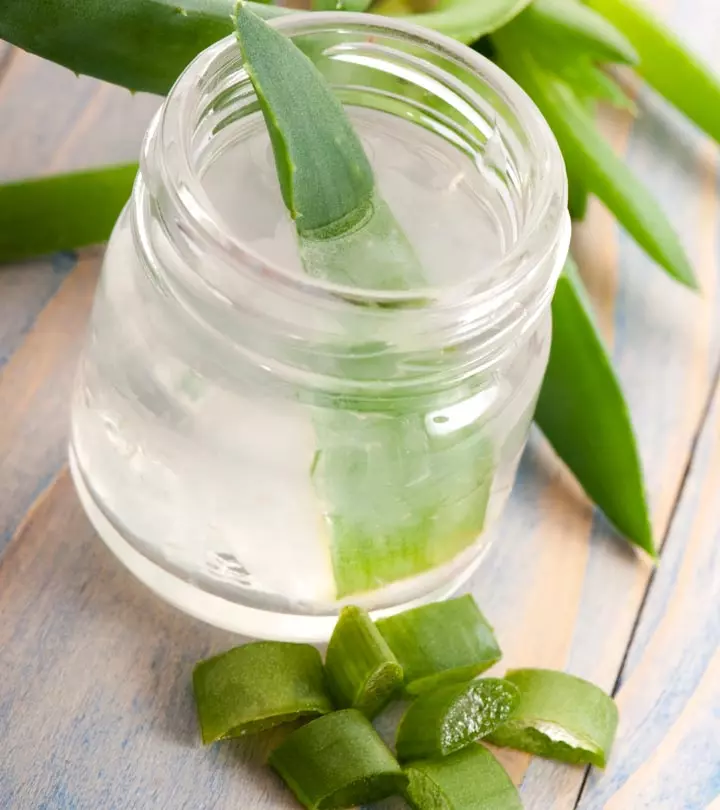
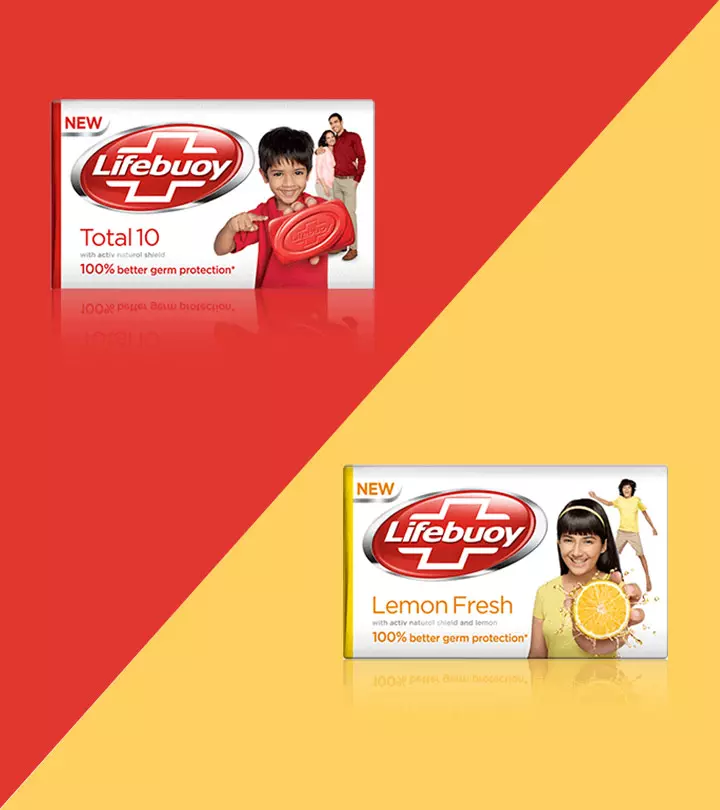

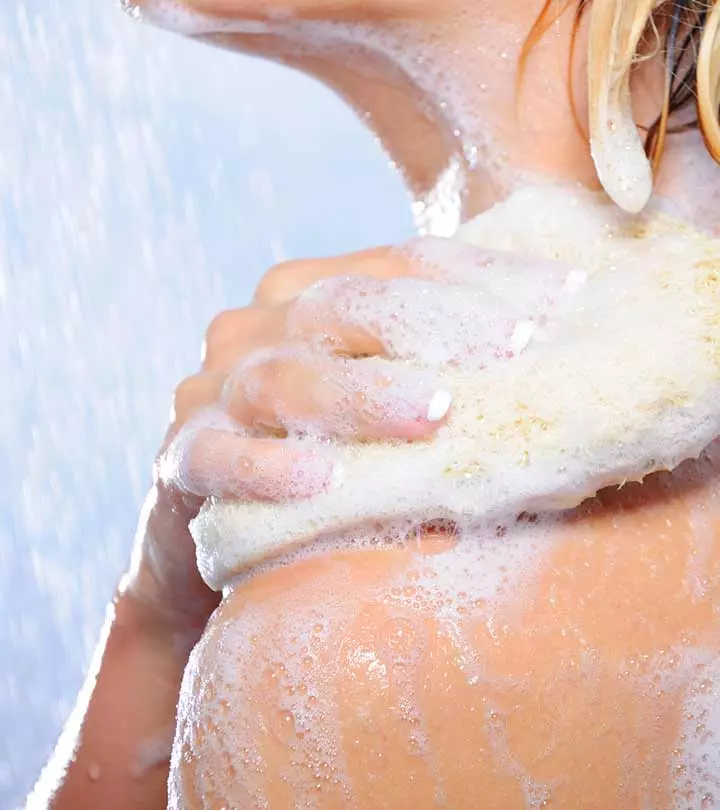
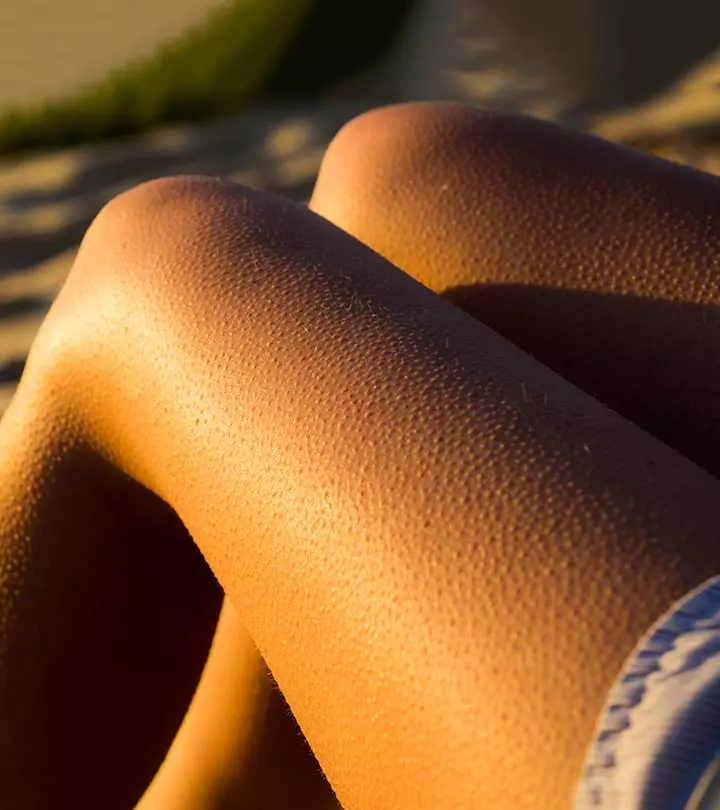
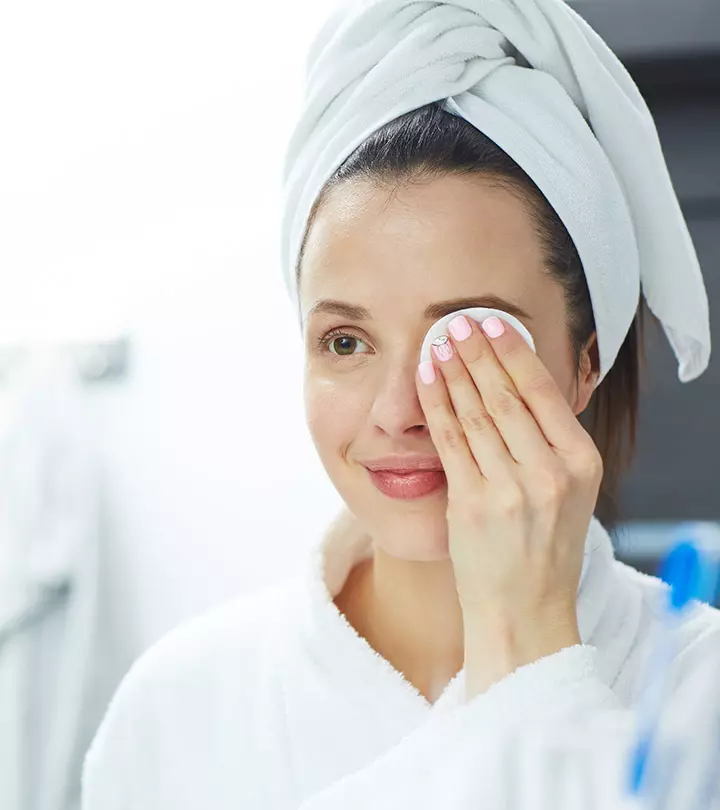

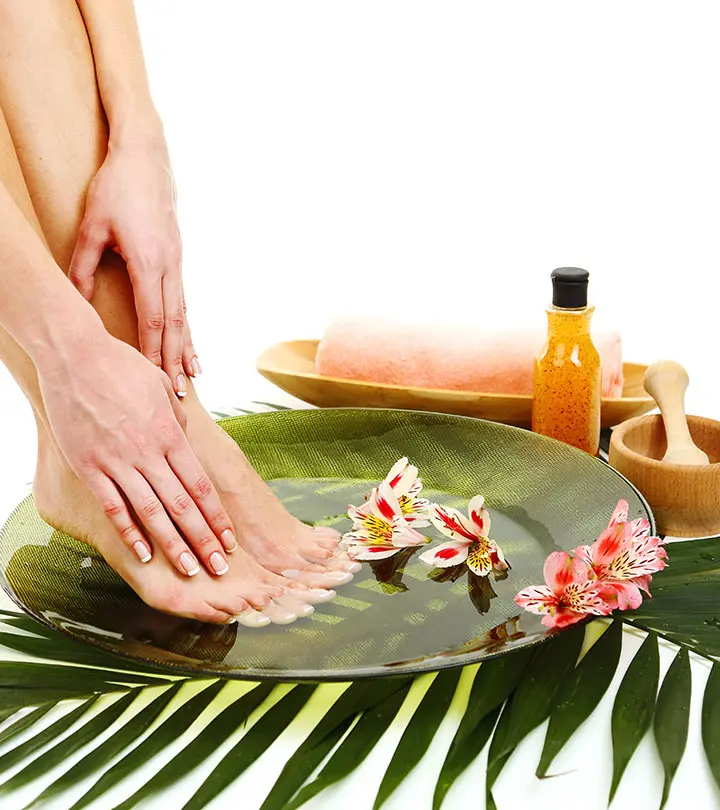
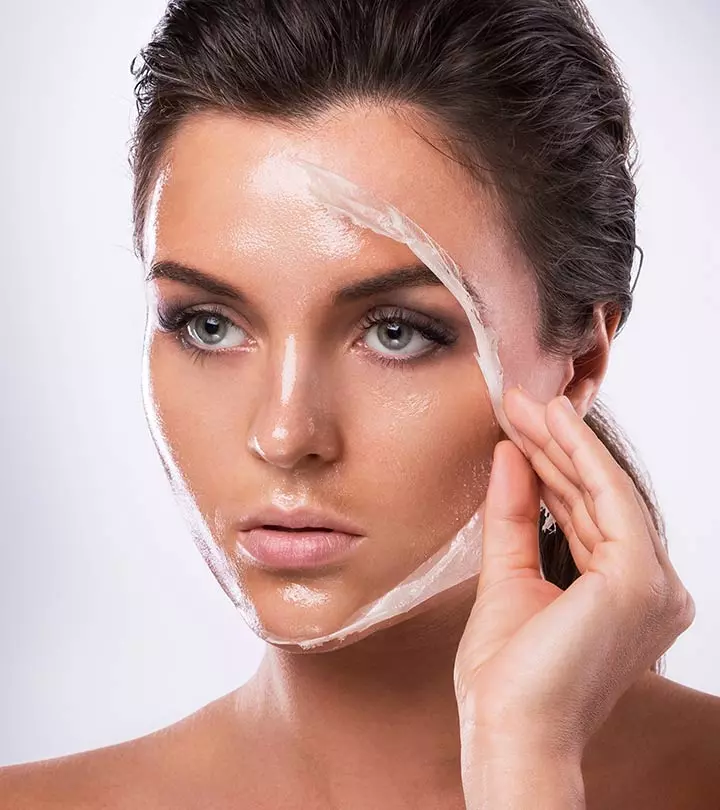
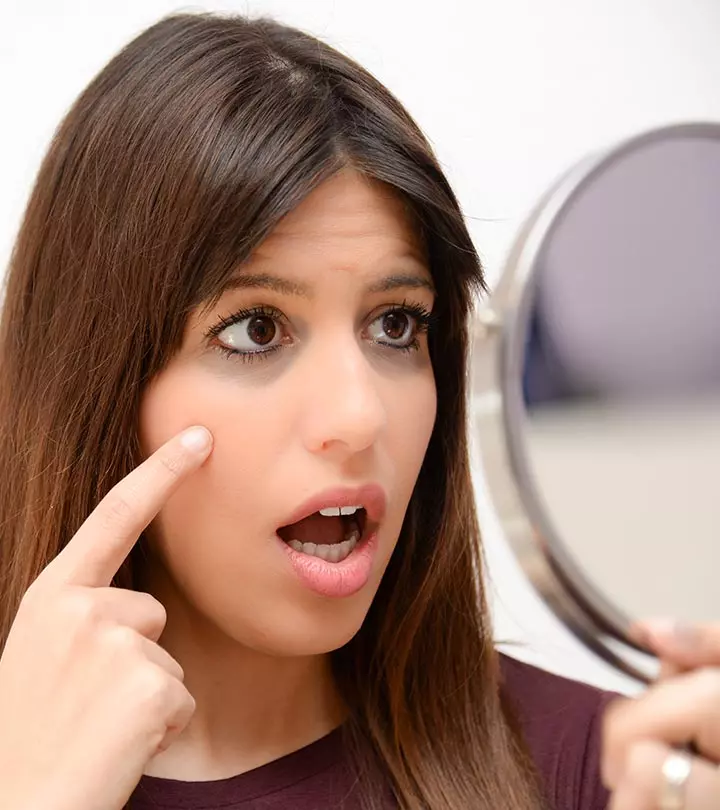


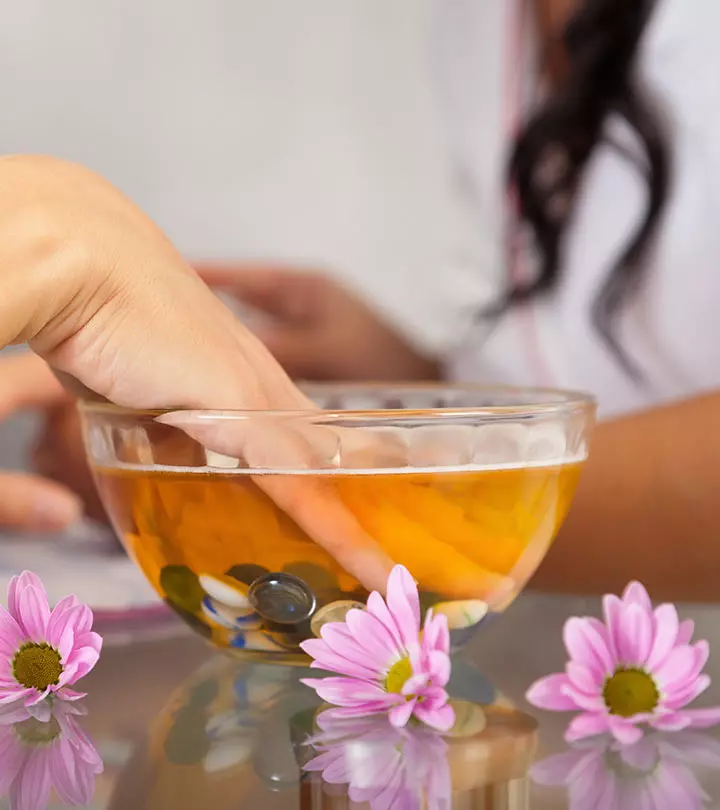

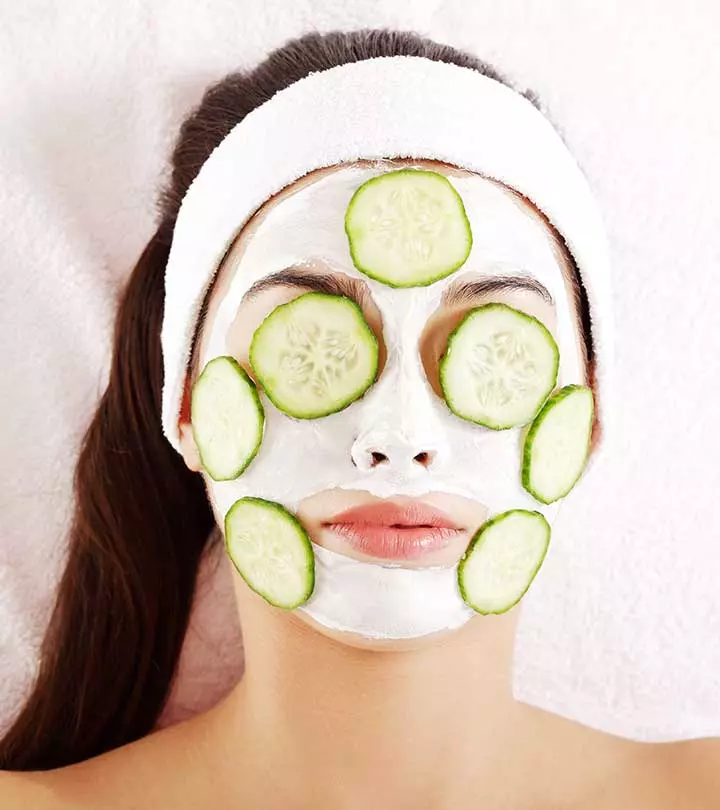

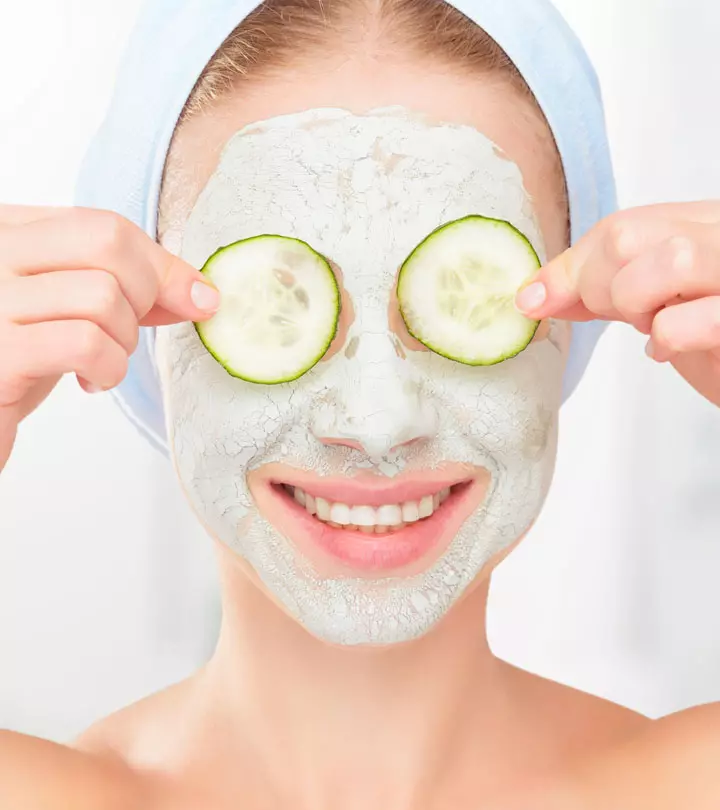
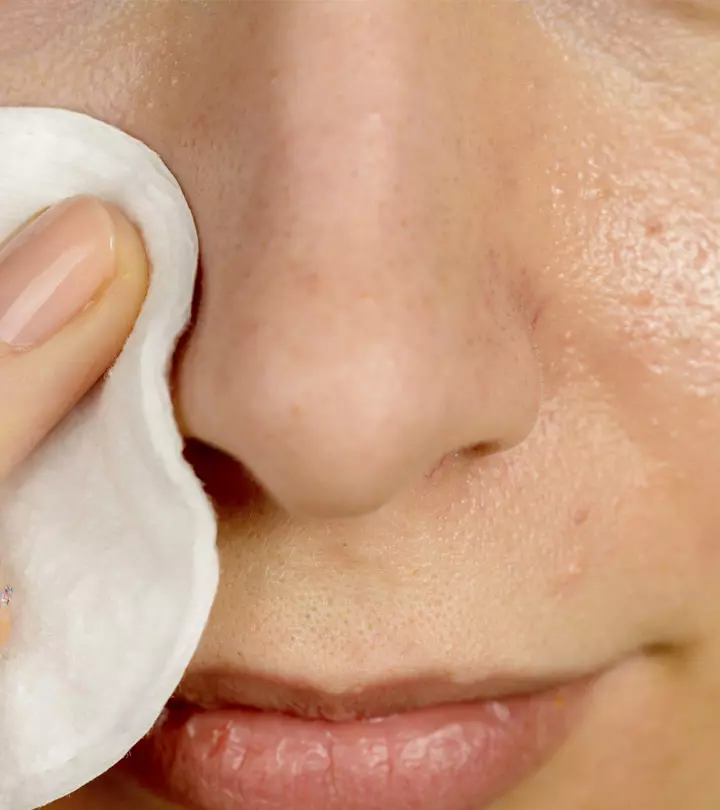
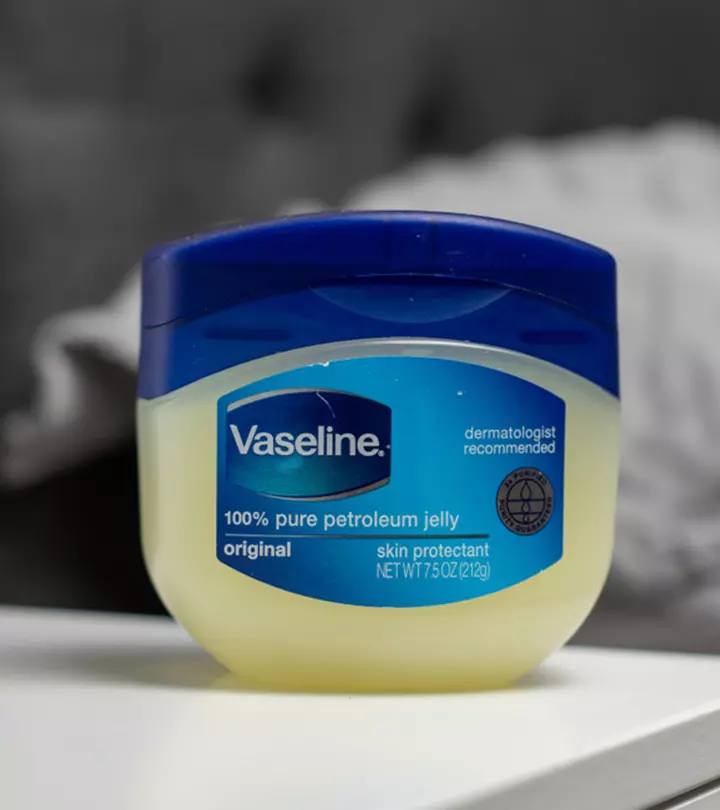

Community Experiences
Join the conversation and become a part of our empowering community! Share your stories, experiences, and insights to connect with other beauty, lifestyle, and health enthusiasts.